
Art
Over 200 objects to go back on display at Walker Art Gallery after major refurbishment
2 years ago
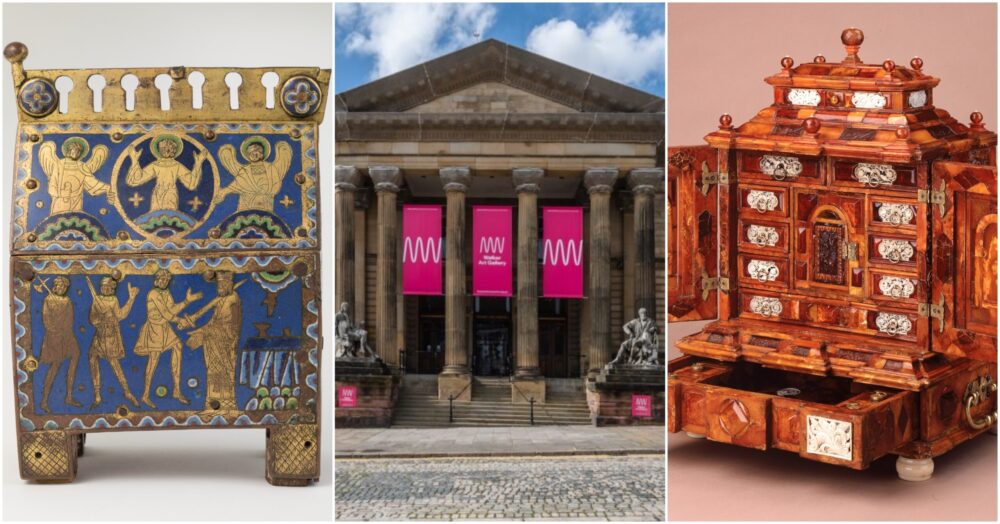
More than three years since their galleries closed for refurbishment, the Medieval, Renaissance and Baroque collections of the Walker Art Gallery return to public display on 29 July 2023.
Among more than 200 objects, which include renowned paintings by Titian, Rubens and Rembrandt, are a treasure trove of ivory carvings, enamel, silver, glass, ceramics, jewellery and textiles dating from 1200 to 1700 that will be displayed at Walker Art Gallery.
Nicola Scott, Curator of Decorative Art, said: “From the glittering jewels of European courts to items of faith and devotion, the Walker Art Gallery’s decorative art collections from this period are rich and varied. The craftsmanship, beauty and significance of the objects explored in our newly refurbished galleries, give us a glimpse into the lives of those who made them and used them, as well as a sense of the journey that brought them to Liverpool and the Walker Art Gallery.
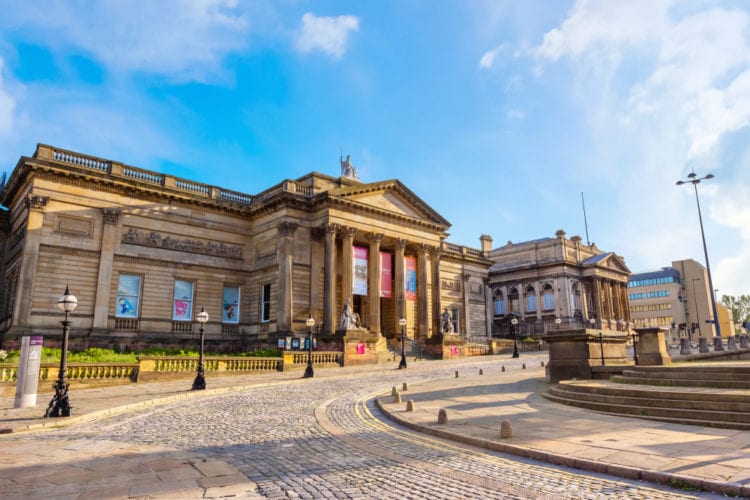
“Their compelling stories reveal a revolutionary period in art history when trade and travel led to the spread of new ideas and styles. We’re thrilled to have 60 items from the decorative art collection on display in these beautiful new spaces which, along with some exciting new digital interventions, will enrich visitors’ understanding and enjoyment of these fascinating objects.”
The UK Government gave £4 million towards this project and other works at National Museums Liverpool to support building refurbishment and the care of its collection. Renaissance Rediscovered is also funded by Art Fund, Tavolozza Foundation, Henry Moore Foundation and Art Friends Merseyside.
Highlights include:
The Triumph of Fortitude, Brussels, Belgium, about 1525.
A new digital interactive will bring to life the largest piece on display, The Triumph of Fortitude (Brussels, about 1525). This large tapestry, about 4 metres x 5.5 metres in size, is so overwhelming it’s easy to miss fascinating details. For the first time the brave and compelling female characters from mythology and the Old Testament featured within the tapestry will be under the spotlight in this dynamic new interactive.
Reliquary Casket, oak with champlevé enamel on gilt copper, Limoges, France in about 1225
One of the earliest objects in the collections. Limoges was renowned for specialist enamelling workshops and from there, luxury objects for use in church rituals were exported all over Europe. The brilliant jewel-like colours of the enamel are a permanent legacy of the skills of the medieval craftsmen. The casket pictures a dramatic scene. In 1170 Archbishop Thomas Becket was murdered in Canterbury Cathedral by the king’s men. All Europe was appalled, and Becket was made a saint. Canterbury soon became an important shrine and pilgrimage site. This box depicting Beckett’s shocking death was made to hold a sacred relic of him.
Mirror Case-Carved Ivory, Paris, France, about 1320.
The carved ivory mirror case was made in Paris, famous at the time for making luxury items and particularly renowned for its highly skilled ivory carving. The exquisite mirror case and the romantic scenes it depicts would have been treasured by its owner, probably a French noble woman.
Diptych of the Virgin and Child, Crucifixion, Paris, France, about 1350-1375
A small, personal altarpiece used for private prayer. On the left is the Virgin Mary and Child. On the right is Christ on the Cross with St John and the Virgin Mary. The juxtaposition of the Virgin on the left with the Crucifixion on the right gives the Virgin Mary virtually equal status with Christ. This reflects her popularity at the time as a focus for prayer and devotion.
Such altarpieces were a speciality of workshops in Paris. The city was recognised as a centre of excellence for ivory carvings in the 14th-century. Some were painted and gilded in places, giving a jewel-like quality and on this diptych there are traces of paint on the figure of Christ.
Warwick Ring – gold signet ring, England, about 1450.
The bezel is cut with the Bear and Ragged Staff, the badge of the Earls of Warwick , with the words ‘soulement une’ (only one) above. On the shank are inscribed the words ‘be goddis faire foote’ (by God’s fair foot’), which was a popular fifteenth-century oath.
It is reputed to have belonged to the Earl of Warwick (1428-1471). Known as ‘the Kingmaker’, he was a very powerful nobleman during the ‘The Wars of the Roses’. It is said that the ring was taken from the finger of the Earl himself after his death on the battlefield of Barnet in 1471.
Pietra Dura Table, Rome, Italy about 1600.
This colourful table-top, decorated with intricate ‘pietra dura’ was an extremely luxurious item. Made by slicing marble and other semi-precious stones into thin slivers, cutting them to different shapes and slotting them into place, tables like this were popular with royalty.
Pottery Dish, ‘Mankind Awaiting the Last Judgement’ made at the Pickleherring Pottery, Southwark, London in 1657.
Dutch delftware potters set up several delftware potteries in London, including the Pickleherring Pottery. The dish has the initials REN, possibly for Richard Newnham and his wife Elizabeth. Richard owned the pottery from 1645 to 1676. dish depicts people feasting, unaware the world will soon end. The scene gives a warning against this decadent way of life. The dish belonged to puritan Richard Newnham, owner of the Pickleherring Pottery. Displayed on his sideboard, the dish declared his religious beliefs.
Amber Cabinet, Gdansk, Poland, about 1700.
This magnificent cabinet is made of oak and covered with panels of carved amber and ivory. At the time Gdansk was the centre of the trade in amber and elaborate pieces like this would have been made for the courts of European princes. It also has a local connection. It belonged to the Blundell family of Ince Blundell Hall, near Liverpool, for over two hundred years.
Joseph Mayer biography
Over half of the decorative art objects going on display with Renaissance Rediscovered are from the 14,000 pieces presented to Liverpool Museum in 1867 by local goldsmith, Joseph Mayer.
Joseph Mayer (1803-86) was born in Newcastle-under-Lyme, Staffordshire. He moved to Liverpool when he was twenty. At first he was apprenticed to his brother-in-law, Joseph Wordley, but in 1844-5 Mayer set up his own jewellery and silversmith business. It was probably this enterprise that provided him with sufficient funds to finance his passion for collecting.
Mayer’s interest in antiquities began at an early age and his collection covered a wide range of subjects including Wedgwood pottery, Egyptian and Roman artefacts, English paintings and medieval art. Mayer travelled abroad regularly, primarily he travelled for business, to observe trends but each of his trips provided the opportunity for him to study and purchase ancient and medieval art.
In 1852 Mayer opened a museum in Colquitt Street, Liverpool, using works he himself had collected as the exhibits. He had become captivated by the displays at the British Museum and wished his fellow-citizens of Liverpool to have the same opportunity to view the wonders of the past. As well as setting up the museum Mayer was a founder member of the Historic Society of Lancashire and Cheshire, established in 1848, and a fellow of the Society of Antiquaries.
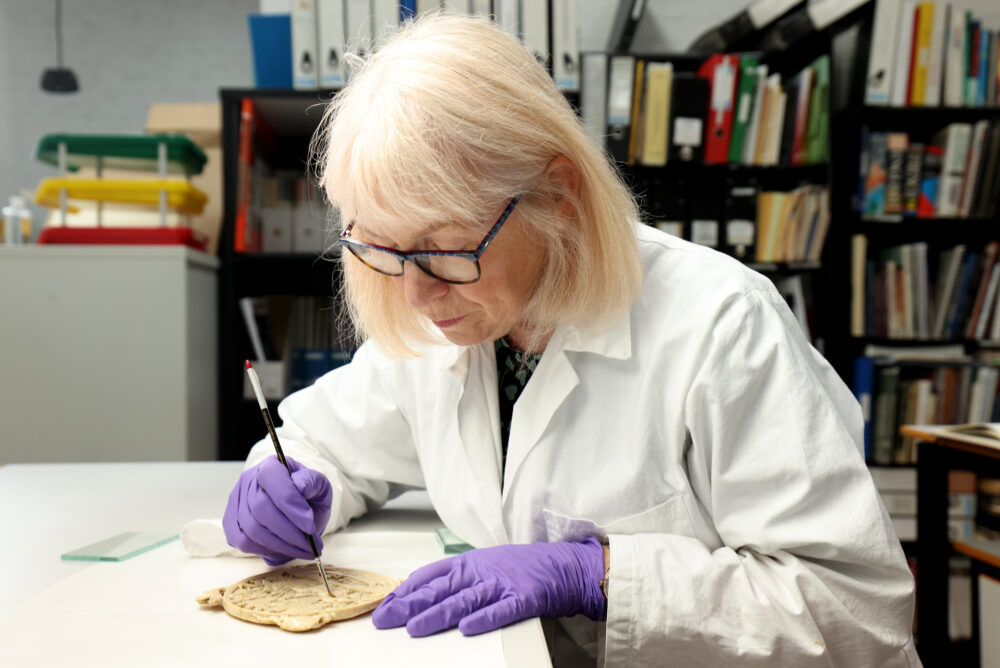
Background to project
In 1933 Rooms 1-4 formed a new extension to the Walker Art Gallery (which was by then more than 40 years old, having opened in 1877). Now, 90 years later the 600 square metres of space has undergone significant improvements. Costing in the region of £710,000 the transformation brings fresh elegant designs, new display cases and much improved lighting.
The refurbishment of Rooms 1-4 represents the final chapter of the major works which began at the Walker in 2021 (following delays caused by COVID-19), when in order to safeguard the collection, it was necessary to carry out substantial repair work to the air-conditioning and the roof above the galleries.


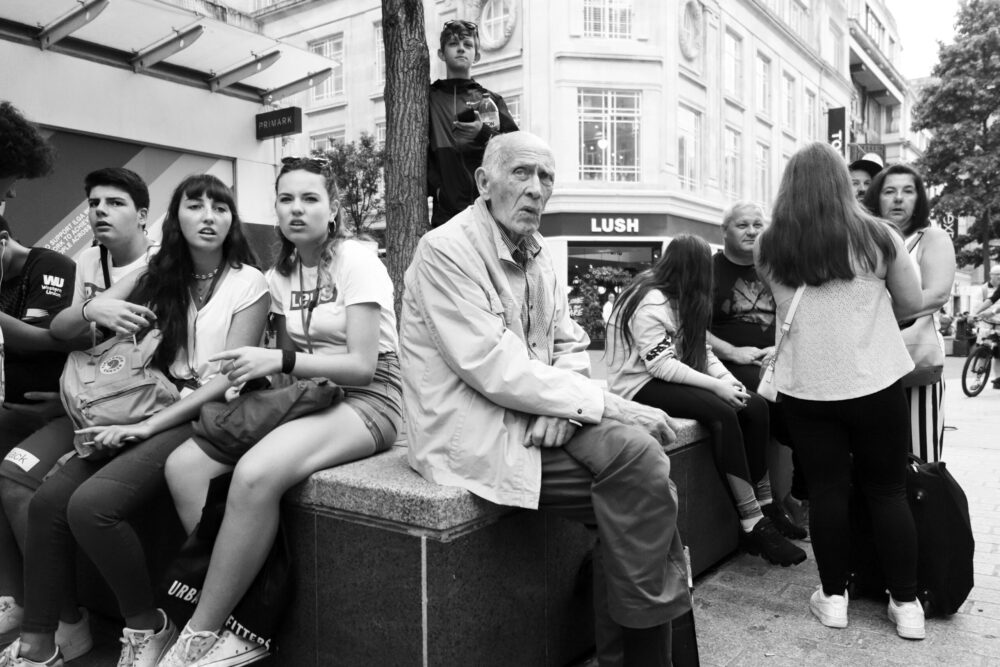
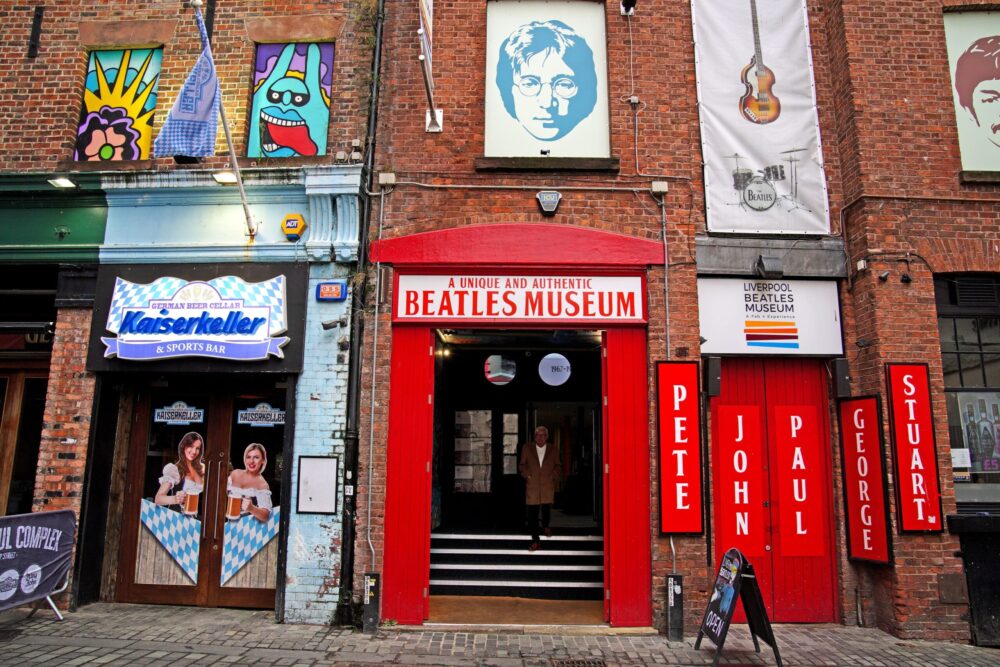

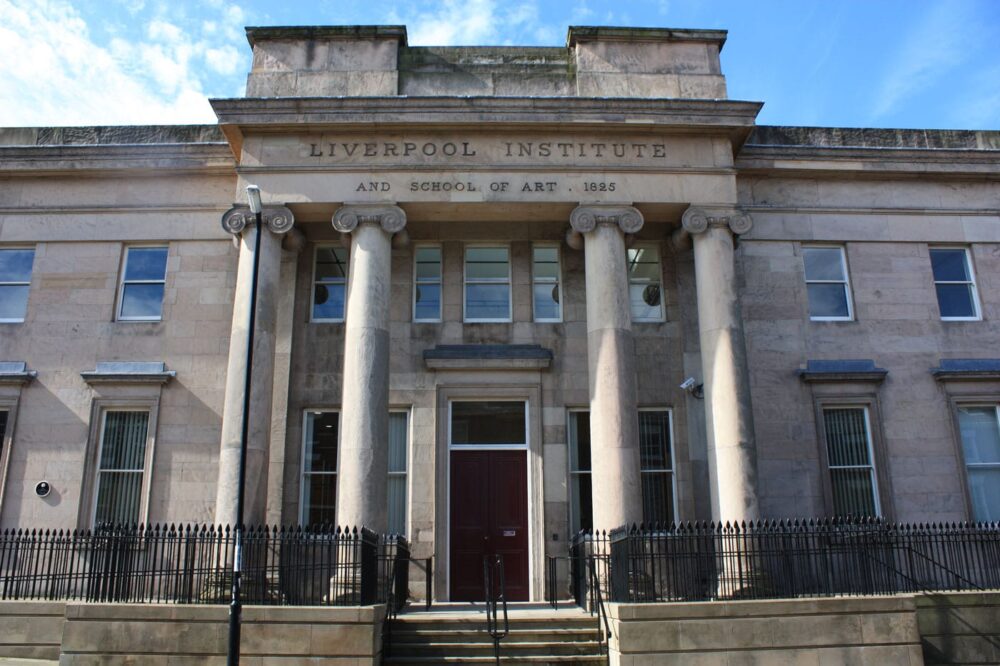


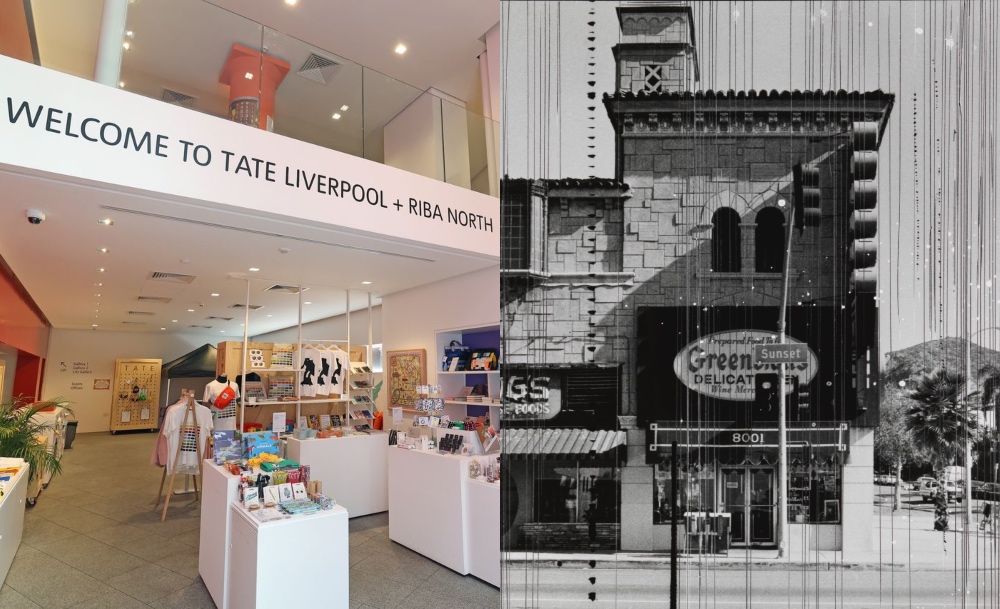
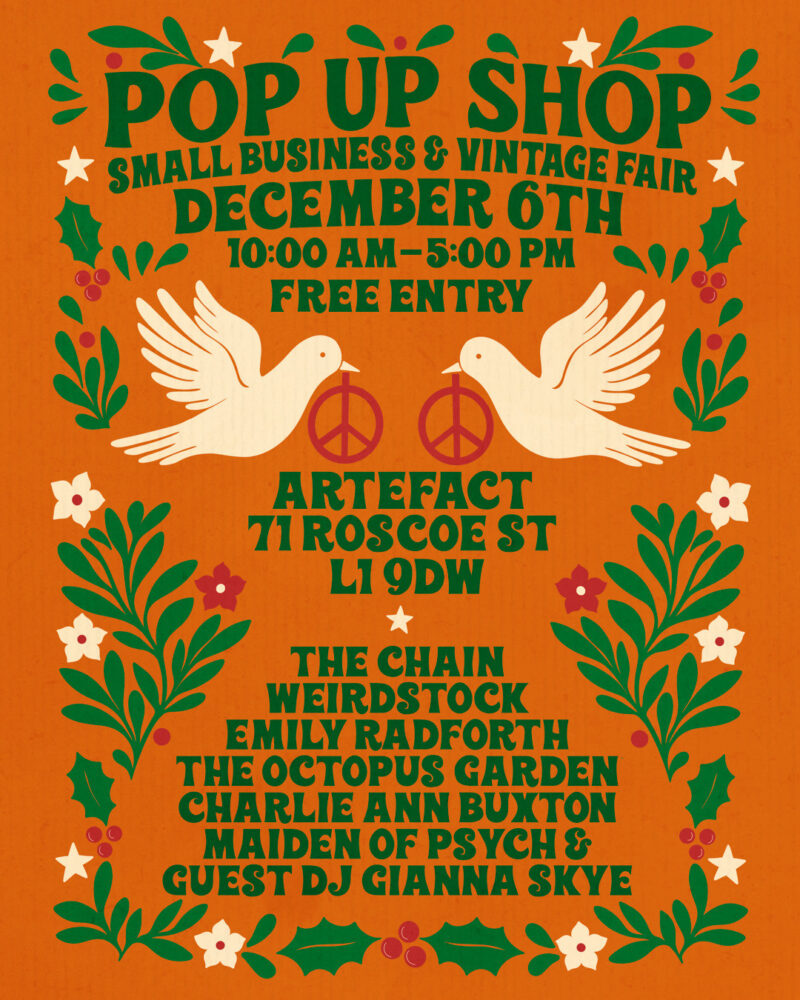
 Subscribe
Subscribe Follow Us
Follow Us Follow Us
Follow Us Follow Us
Follow Us Follow Us
Follow Us Follow Us
Follow Us











